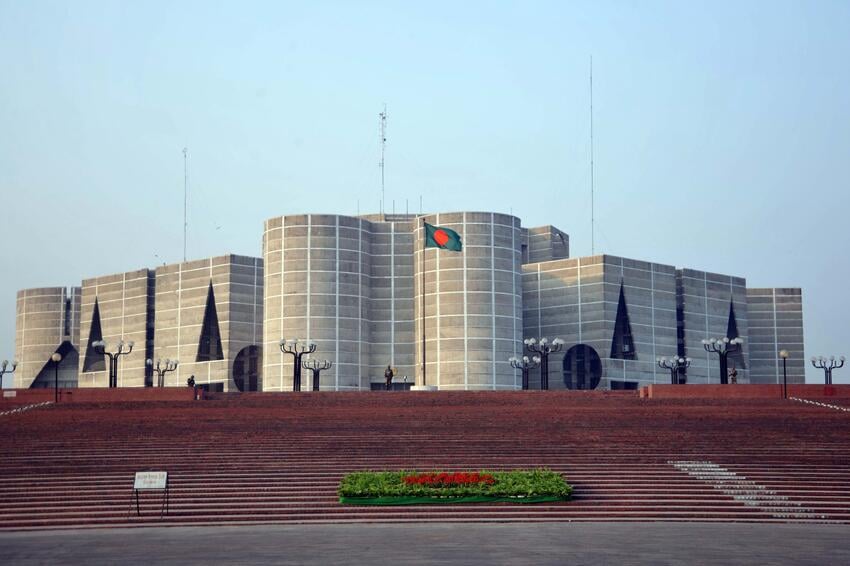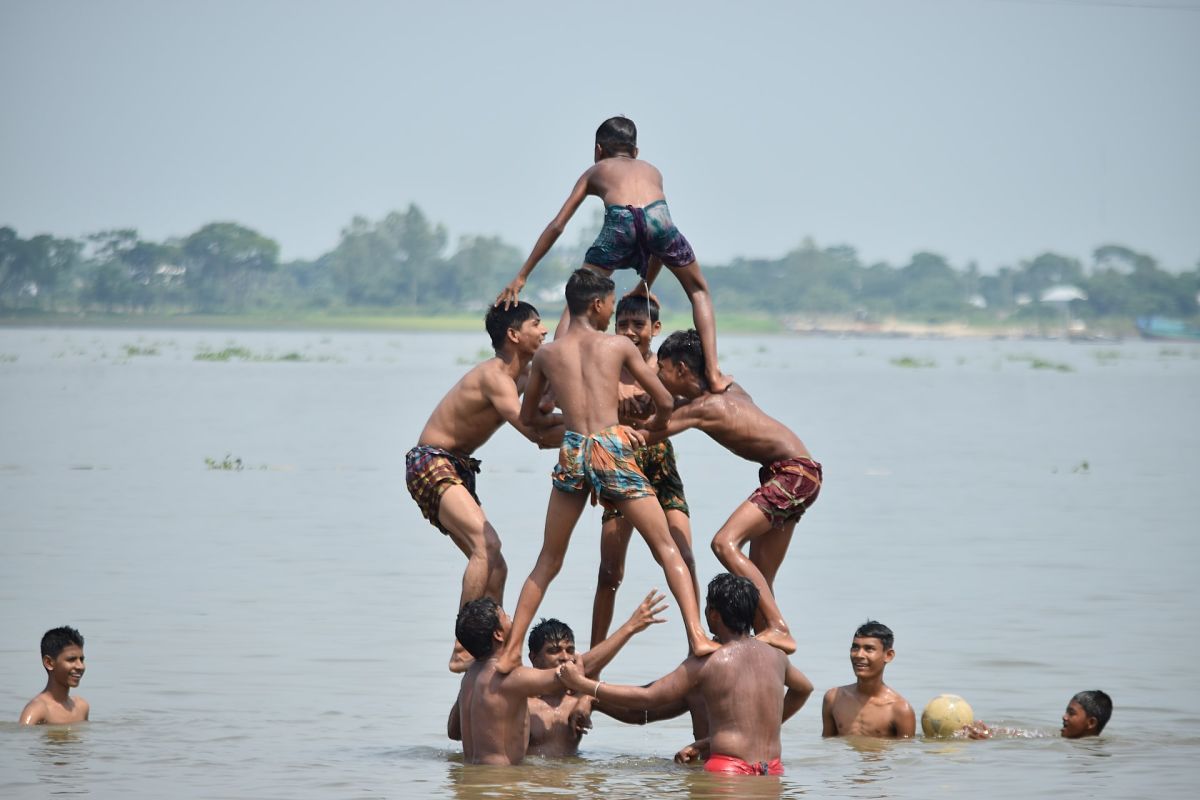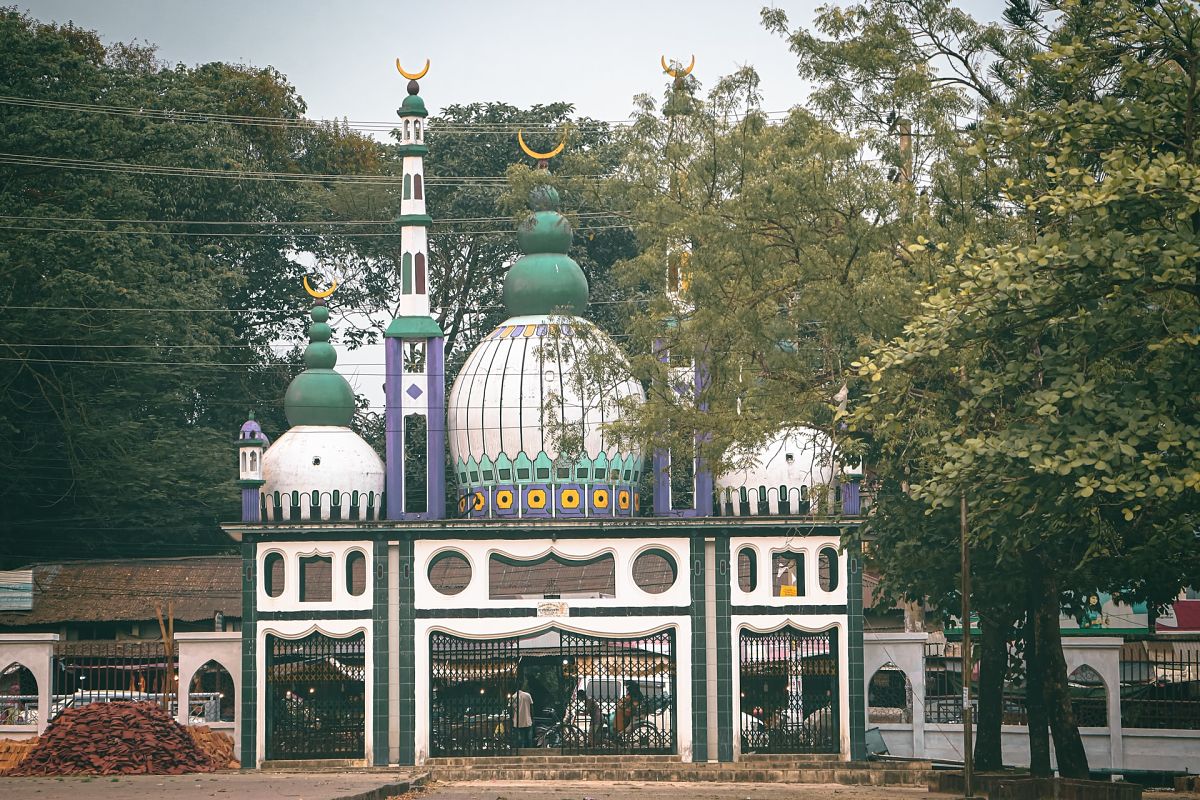Bangladesh is a country rich in cultural diversity, shaped over centuries by interactions among various communities and travelers. Its natural beauty, abundant resources, and the warm hospitality of its people have long attracted visitors. From poets and artists to musicians and philosophers, many have contributed to Bangladesh’s vibrant cultural identity.
Language:
Bangla is the mother tongue of about 98% of the population and a key part of national identity. The language movement of 1952, which led to the recognition of Bangla as a state language, is a proud chapter in the country's history. In 1999, UNESCO declared February 21st as International Mother Language Day, inspired by this movement. Bangladesh has also established the International Mother Language Institute to preserve global linguistic heritage.
Cuisine:
Rice is the staple food, typically served with fish, meat, lentils, and vegetables. Sweet items like rosogolla, pithas, and firni are popular, especially during festivals such as Eid, the Bangla New Year, and harvest celebrations.
Clothing:
Traditional attire includes lungi and kurta for men and sharee for women. On festive occasions, people wear colorful and elegant clothing made of silk, Jamdani, and Muslin.
Festivals:
Festivals in Bangladesh are vibrant and rooted in both religious and cultural traditions. From Eid and Durga Puja to Pahela Baishakh (Bengali New Year), celebrations are colorful and joyful.
Arts & Literature:
Bangladesh has a strong heritage in music, dance, painting, and literature. Notable figures include Nobel laureate Rabindranath Tagore, national poet Kazi Nazrul Islam, and renowned artist Zainul Abedin.
Sports:
Kabaddi is the national sport, but cricket and football are the most loved today. Bangladesh is now recognized globally for its achievements in cricket.









